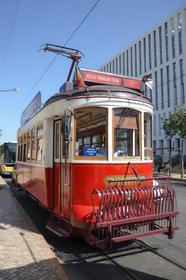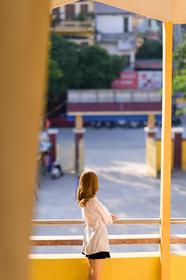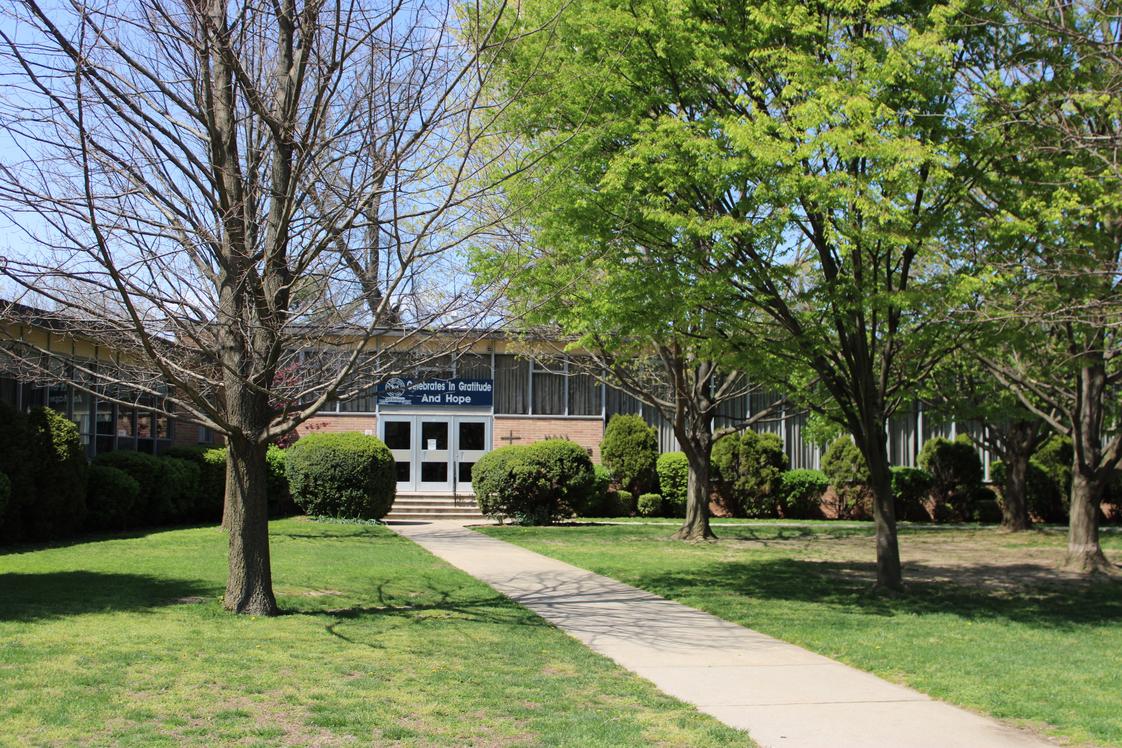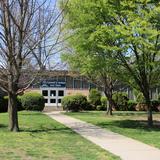For the 2025-26 school year, there are 4 private elementary schools serving 1,188 students in 10465, NY.
The top ranked private elementary schools in 10465, NY include St. Joseph's School For The Deaf, St. Frances De Chantal School, and St. Benedict School.
The average acceptance rate is 78%, which is higher than the New York private elementary school average acceptance rate of 75%.
75% of private elementary schools in 10465, NY are religiously affiliated (most commonly Catholic).
Top Ranked 10465 New York Private Elementary Schools (2025-26)
School
Location
Quick Facts
2962 Harding Ave
Bronx, NY 10465
(718) 892-5359
Bronx, NY 10465
(718) 892-5359
Gr: PK-8 | 473 students
St. Joseph's School For The Deaf
Special Education School
1000 Hutchinson River Parkway
Bronx, NY 10465
(718) 828-9000
Bronx, NY 10465
(718) 828-9000
Gr: NS-8 | 58 students Avg. class size: 6 students Acceptance rate listed
3335 Country Club Rd
Bronx, NY 10465
(718) 824-3260
Bronx, NY 10465
(718) 824-3260
Gr: PK-8 | 290 students Avg. class size: 18 students Sports: 7 | Extracurrculars: 7 Tuition & acceptance rate listed
10465, New York Private Schools (Closed)
School
Location
Quick Facts
925 Hutchinson River Parkway
Bronx, NY 10465
(718) 792-1395
Bronx, NY 10465
(718) 792-1395
Gr: 9-12 | 217 students
Frequently Asked Questions
What are the top ranked private elementary schools in 10465, NY?
The top ranked private elementary schools in 10465, NY include St. Joseph's School For The Deaf, St. Frances De Chantal School, and St. Benedict School.
How many private elementary schools are located in 10465?
4 private elementary schools are located in 10465.
What percentage of private elementary schools are religiously affiliated in 10465?
75% of private elementary schools in 10465 are religiously affiliated (most commonly Catholic).
Recent Articles

Understanding Private School Tuition in 2025
Explore updated private school tuition trends, costs, policy shifts, and financial planning insights for 2025 families considering private education.

Private School Curriculum in 2025: Key Courses and Trends
Explore what private schools are teaching in 2025, from core subjects and AI to global studies and tuition trends shaping private education today.

Sliding-Scale & Income-Based Tuition Models for Private Schools
Learn how sliding-scale and income-based tuition models work and whether they are right for your family. Compare costs, eligibility, and school options.




